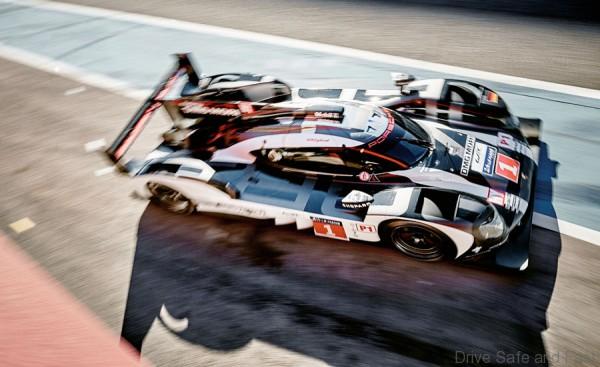Porsche Ready for the 2016 World Endurance Championship with Latest 919 Hybrid
“The over 900 hp strong Le Mans Prototype is ready for the title defence,” said Fritz Enzinger, Vice President LMP1; and with those words, he has underlined Porsche’s aim to keep the prestigious title theirs for the second year running.
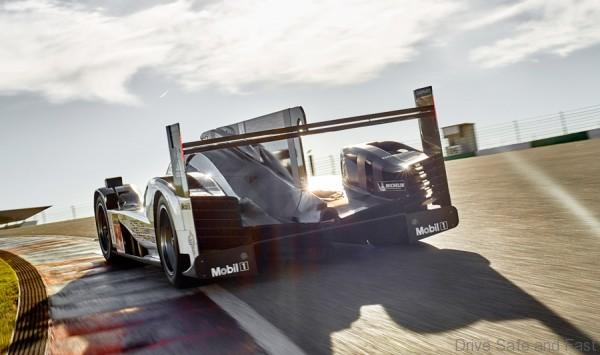
The debut of the 919 Hybrid comes right before the official prologue of the FIA World Endurance Championship (WEC) at Paul Ricard, France. Aero improvements are difficult to spot just from the pictures but the most important one is the number these cars display: Timo Bernhard, Brendon Hartley and Mark Webber became the Drivers’ World Champions and will now race with the number 1 on their car. The sister car of Romain Dumas, Neel Jani and Marc Lieb will carry the number 2.
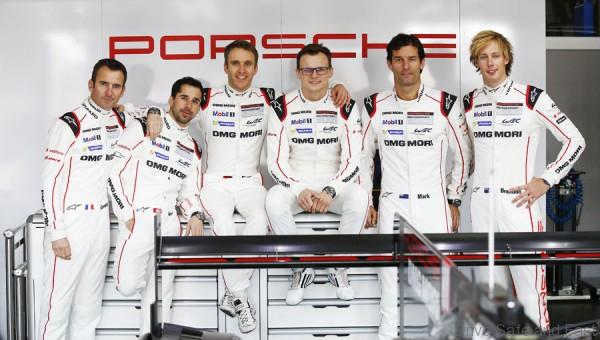
Also, for the first time Porsche fully exploits the WEC regulations by deploying three different aerodynamic packages (the maximum allowed) to make the car best suit to the respective race tracks. The weight of the four-cylinder turbo engine, as well as its fuel consumption, could be further reduced. The two energy recovery systems of the hybrid drive have been improved in terms of efficiency.

For 2016, also the components of the electric drive have become even more powerful and efficient. That applies for the optimised electric motor at the front axle, the power electronics and the new generation of lithium ion battery cells in the in-house developed battery. A new front axle allows for more set-up options, while the intense tyre development with partner Michelin made a refined overall set-up for the new 919 Hybrid possible.
Other changes to follow WEC regulations include:
The petrol engine
The combustion efficiency and mixture preparation of the 2-litre V4 turbocharged petrol engine, driving the rear axle, was further increased in close work with the engineers from production development in Weissach. Also the 90-degree V-engine shed some more weight.
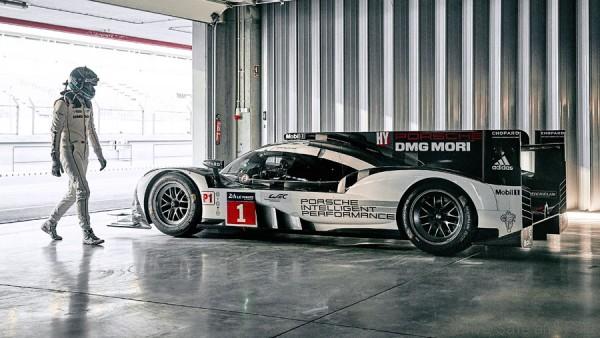
Last season, the output of the engine was well above 500 hp. But the 2016 regulations stipulate a lower amount of energy from fuel per lap and reduce the maximum fuel flow for prototypes. In this way, the regulations prevent the LMP1 cars from becoming increasingly faster, yet at the same time fuel the engineers’ efforts to generate more power from increasingly less fuel. For the 919, this means around eight per cent less fuel and power. In other words: ten megajoules less energy per Le Mans lap from the fuel. That costs about four seconds for every 13.629-kilometre Le Mans lap. Through the new restrictions, the combustion engine has dropped to below 500 hp.
The hybrid system
There are two hybrid power sources actually: the first is produced at the front axle when braking is converted into electrical energy. The second recuperation system is installed in the exhaust tract, where the exhaust-gas stream drives a second turbine in parallel with the turbocharger. The additional turbine is connected to an electric generator.
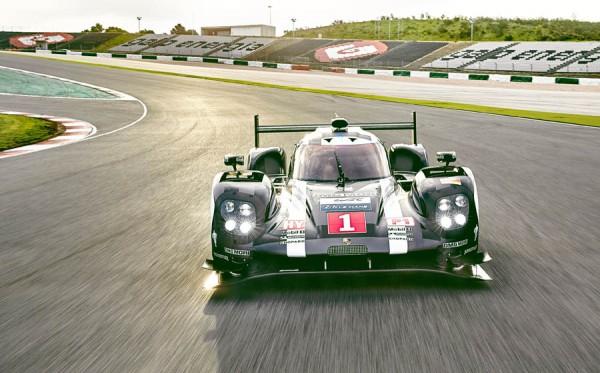
The electricity produced – along with that generated by the KERS at the front axle – is temporarily stored in lithium-ion battery cells. This power amounts to 400 hp, which is applied to the front axle by the electric motor, and it temporarily transforms the 919 into an all-wheel drive car with system power of around 900 hp.
Battery tech
Initially, the competition used flywheels and ultracaps (electro chemical supercapacitors). For 2016, they are all following Porsche’s lead of lithium-ion batteries. Another important fundamental decision with the 919 Hybrid was the high voltage of 800-Volt – a technology that series developers are adopting in the Mission E concept car.
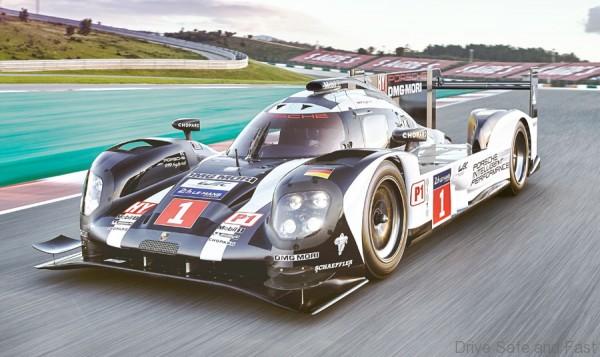
Fuel use
The WEC regulation is quite complex regarding fuel use as competitors can use four levels of deployable energy that ranges from two to eight megajoules (MJ). The calculation is based on the 13.629 kilometre lap in Le Mans, and is adjusted for the other eight racing circuits. Porsche is the first and only manufacturer to choose the 8 MJ class, the highest category.

It’s difficult to believe but the 919 Hybrid racer uses only 4.31 litres of fuel per lap at Le Mans’ 13.629 km track which is enforced by an FIA flowmeter device in the engine.
Aerodynamic factors
New regulations permit only three aerodynamic configurations for the entire season. As such Porsche will spec the 919 with a high downforce setting for the season opener at Silverstone before changing to an extremely low one for Le Mans. Another high downforce setting will be used for the following six WEC races.
